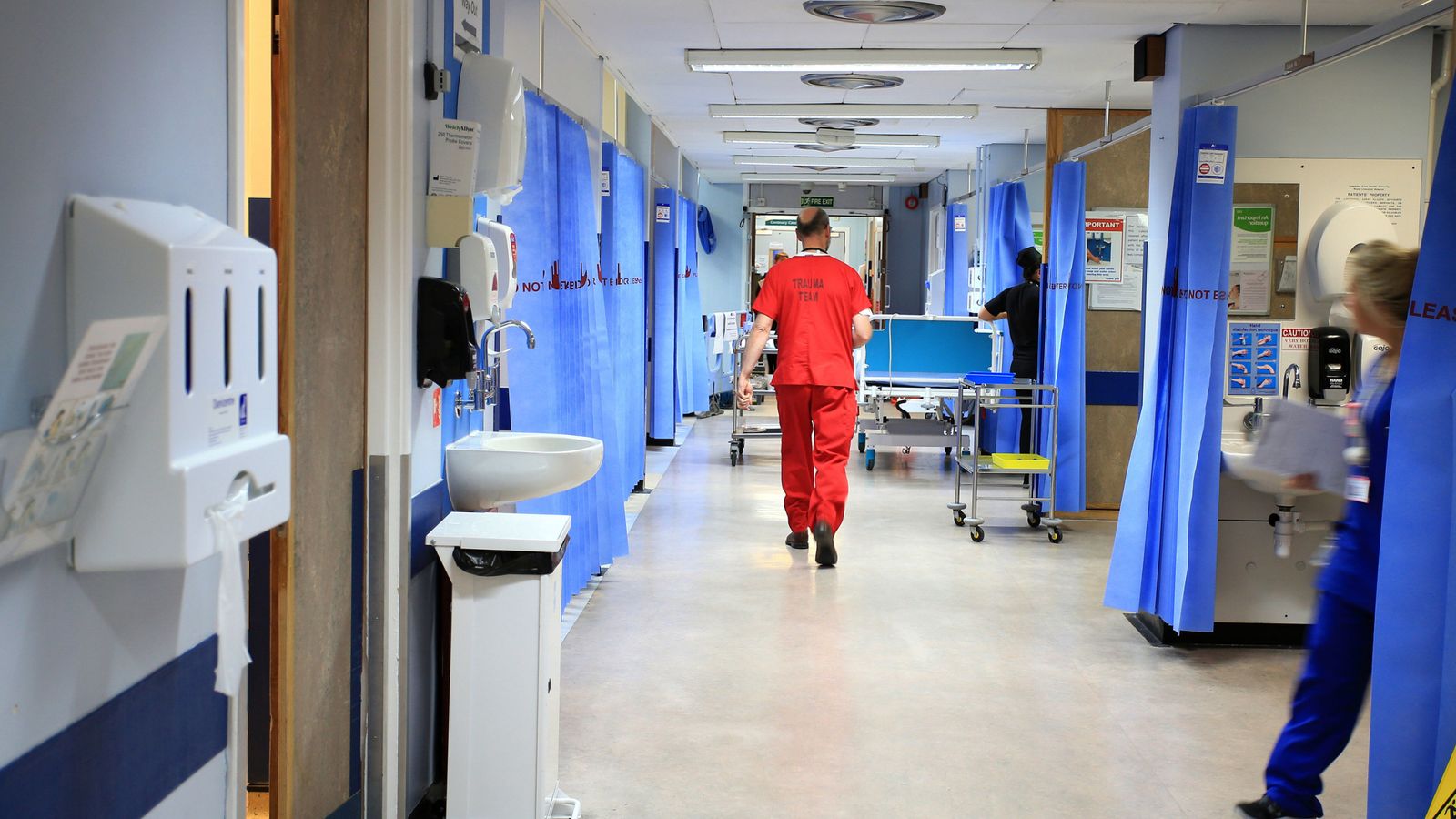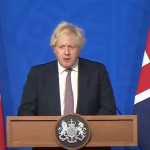The number of people waiting for routine hospital treatment in England has soared to another record high, official figures show.
A total of 6.48 million people were waiting to start treatment at the end of April after being referred by a consultant – up from 6.4 million in March.
It is the highest number since records began in August 2007.
The number of people waiting for more than a year for hospital treatment is almost 200 times higher than before the pandemic with 300,000 in the queue at the end of February this year. Two years before, that figure was below 2,000.
Meanwhile, the total number of attendances at A&E departments rose in May to 1.4 million – the second-highest on record.
Data also showed the average ambulance response times for category 1 calls from people with life-threatening illnesses or injuries was 8 minutes and 36 seconds in May.
This is down from nine minutes and two seconds in April, but is still above the target standard of seven minutes.
Hope for drug-resistant superbugs as NHS strikes deal with pharmaceutical companies
NHS: More than 1,000 people waiting longer than 12 hours in A&E every day, figures reveal
Trainee GP fined for hospital parking after night shifts overran by minutes says it shows NHS staff are underappreciated
For patients deemed to be in a serious condition and needing a quick assessment such as burns, epilepsy and strokes – it was 39 minutes and 58 seconds.
This is down from 51 minutes and 22 seconds in April, but above the target of 18 minutes.
The government has set the target of eliminating all waits of more than a year by March 2025.
Health correspondent
We are seeing a record number of patients seeking emergency treatment at the same time as the NHS is suffering a workforce shortage.
Add to this a capacity issue in the health service and we can see why most patients are having to wait longer than ever for treatment.
The health secretary (Sajid Javid) addressing an NHS conference this week said the A&E crisis was caused by the pandemic. But, according to The Nuffield Trust, the A&E waiting time target has not been met since 2015.
The pandemic has certainly made things a lot worse, there is no disputing that.
One of its consequences is the impact on staff. Morale is low, staff are burnt out, workloads are high.
There are unfilled vacancies almost across the board, including the specialities with more staff threatening to quit the profession.
Trained, experienced staff cannot be magicked up overnight.
The government talks about working smarter and more efficiently. Remember the health secretary’s analogy about the NHS, Blockbuster and Netflix?
There have been some improvements, ambulance response times for example. They have improved on the previous month but still much slower than pre-pandemic levels.
And the number of 104-week waiters has been cut by two thirds since the start of May.
But at the same time the number of people waiting more than a year is almost exactly two hundred times higher than it was in the month before the pandemic.
The cancelled operations have been pushed down month after month and the backlog has still not been cleared.
There has been much talk about the need for urgent action on social care.
Until that happens delayed discharges will continue meaning bed space cannot be freed up fast enough.






















